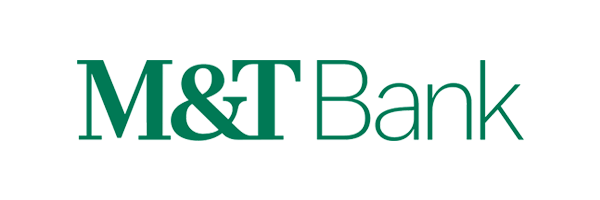
M&T Bank Corporation (NYSE:MTB) has a lower ROIC/WACC ratio compared to its peers, indicating less efficient capital allocation.
Moody’s Corporation (NYSE:MCO) stands out with the highest ROIC/WACC ratio, showcasing exceptional capital utilization efficiency.
The ROIC to WACC comparison is a vital metric for investors to assess a company’s ability to generate returns higher than its capital costs.
M&T Bank Corporation (NYSE:MTB) operates in the competitive financial services sector, focusing on providing banking and financial solutions to its customers. The company, along with its peers, is constantly evaluated on various financial metrics to determine its efficiency and profitability. One such metric is the Return on Invested Capital (ROIC) versus the Weighted Average Cost of Capital (WACC). This comparison is crucial as it helps investors understand how well a company is using its capital to generate returns compared to the costs of obtaining that capital.
The ROIC measures how effectively a company generates returns on the money invested in its business. In contrast, WACC represents the average rate a company expects to pay its security holders to finance its assets. A higher ROIC to WACC ratio indicates that a company is generating returns on its investments at a rate significantly higher than its cost of capital, which is a sign of efficient capital allocation and strong potential for growth.
In the analysis of M&T Bank Corporation and its closest peers, Moody’s Corporation (NYSE:MCO) emerges as the standout performer with an ROIC of 18.99% against a WACC of 9.10%, resulting in the highest ROIC/WACC ratio of 2.087. This indicates that Moody’s Corporation not only generates high returns on its investments but does so at a cost significantly lower than the returns, showcasing exceptional efficiency in using its capital to create value for its shareholders.
Comparatively, M&T Bank’s ROIC of 5.52% against a WACC of 10.55% results in a ROIC/WACC ratio of 0.523, which is lower than its peers. This suggests that M&T Bank, while still profitable, is not as efficient in its capital allocation as Moody’s Corporation. The analysis highlights the importance of the ROIC to WACC ratio in evaluating a company’s financial health and operational efficiency. It serves as a critical tool for investors looking to understand which companies are best at turning their capital into profitable investments.

